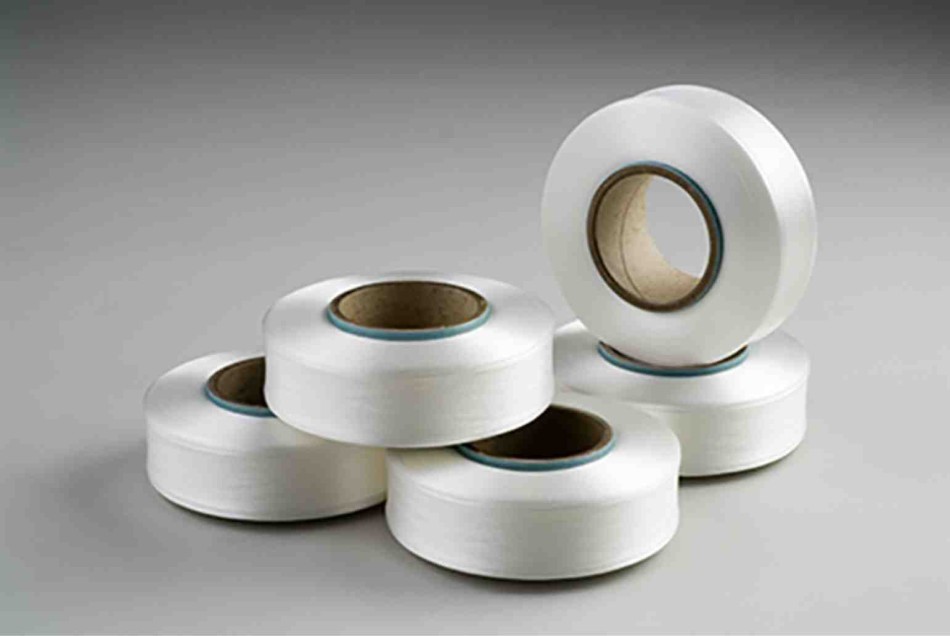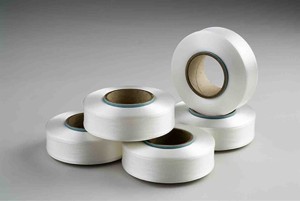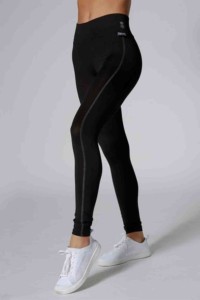Elastane…fibre, rubber or fabric? Know All about it!
So, you love the stretch if offers…because it helps you stretch to hour optimum while you work out. That’s elastane…which feels like rubber, but it is not. It is fibre that offers high elasticity and stretchability. The ‘spandex’, as we know, is added to almost all sportswear and offers great fit, comfort and performance. We trace the popularity of this fibre…
What is elastane?
A chemical fibre, elastane is a part of synthetic fibres, and is added to natural fibres to make them stretchy. Its main component is polyurethane, which is a synthetic raw material and is stretchy just like rubber. Hence, elastane can stretch upto 700 percent without wearing out as the fibre always returns to its original shape. What’s more, it stays undamaged. Thus, precise fitting sportswear, which helps in making the wearer move comfortably and unhurt, contains elastane to offer the best quality.
Yes, and the smooth, rubber-like texture that you love so much, makes spandex fabrics durable while keeping them wrinkle-free. There’s also no ‘pilling’, which means it does not form any ugly nodules and it does not lint.
Another important and critical characteristic of this synthetic fibre that every fitness enthusiast or sportsperson loves, is that it is ‘breathable’. Since the smooth fibres absorb very little moisture and dries fast, garments crafted out of spandex never look wet, making the wearer feel uncomfortable.
However, this synthetic fibre does develop an unpleasant odour faster than natural fibres do. But, these days, there are innovative coatings used that prevent sweat-odours.
Why is elastane popular?
Artificial fibres are uncomfortable on the skin and not comfortable the way natural fibres are. Hence, elastane is added to these fibres to craft elastic and snug-fitting fabrics and not used for fabric production exclusively. About less than 30 percent is used and it endows cotton fibres, to offer stretchability. Thus, you have stretchy yoga pants, socks, stretch jeans, etc. Spandex works well in the blend with sustainable natural fibres and is also used in extremely stretchy blended fabrics along with other synthetic fibres such as swimwear, cycling gear, neoprene suits, etc.
Is elastane high on sustainability?
When it comes to sustainability, there is no process yet to recycle synthetic materials such as spandex. Natural fibres such as cotton, linen or merino wool are regenerative fibres and an eco-friendly recycling process already exists for these. Also, with fibres like spandex, tiny particles such as microplastics from these synthetic fibres enter the natural habitat through the wear of these fabrics.
Besides, a major part of the wear and tear takes place in the washing machine as microplastics are released from the spandex fabric during each wash, which enters wastewater. These microplastics are very small and cannot get filtered out even in the sewage treatment plant. Hence, they end up in lakes, rivers, oceans, the sea, eventually entering mussles, aquatic plants, and fish. Thus, it is recommended that sportswear that contains spandex should be washed in special laundry bags that collects these microplastics.
Finally, we can say that though spandex is a vegan alternative to sportwear, though breathable and durable, spandex is a sustainable fabric only to a certain extent.














